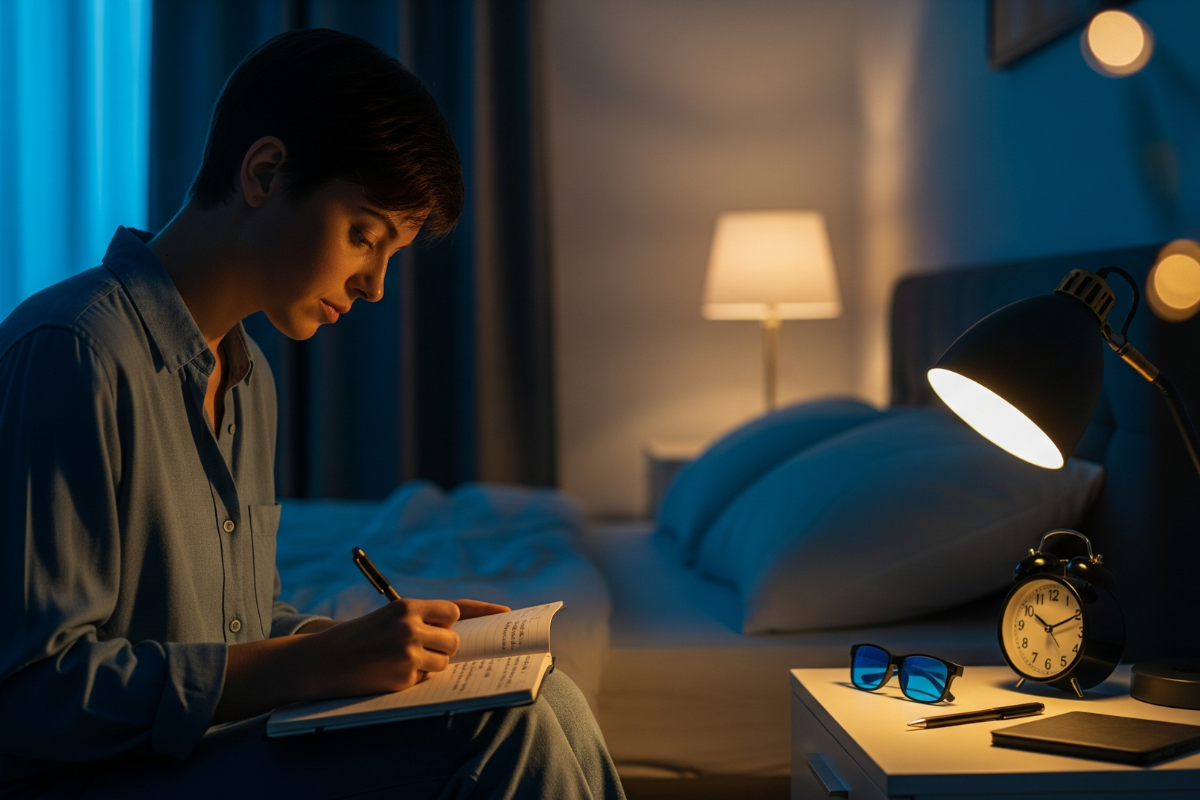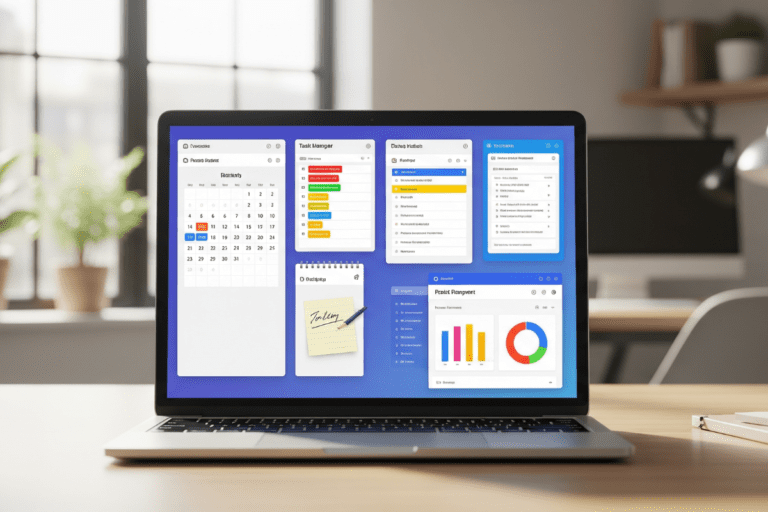How to Improve Sleeping Habits and Boost Mental Clarity
Learning how to improve sleeping habits is essential if you want to unlock consistent mental clarity and cognitive stamina. Quality sleep is not a luxury—it’s infrastructure. The foundation for cognitive sharpness, emotional stability, and sustained performance. If you wake up groggy, struggle to focus by mid-morning, or find your brain in a fog despite eight hours of sleep, you’re not alone. Most people aren’t sleep-deprived—they’re misaligned. This guide offers a precise system to rebuild your sleeping habits and reclaim clarity, day after day.
Why Sleeping Habits Matter for Mental Clarity
The Cumulative Nature of Sleep
Your brain doesn’t reset with a single good night of sleep. Mental clarity is the result of cumulative, high-quality rest.
Impact of Poor Sleep Habits
Poor sleep habits disrupt the brain’s glymphatic system, which clears waste and resets cognitive performance. Without consistent sleep:
- Decision-making slows.
- Focus fragments.
- Mental stamina declines.
Sleep as Brain Maintenance
Your sleep pattern is not just about rest—it’s a system for brain maintenance. That’s why learning how to improve sleeping habits isn’t just helpful—it’s essential.
Establish a Consistent Sleep Schedule
Understanding the Circadian Rhythm
Consistency trains your circadian rhythm—a biological clock that governs alertness and rest.
Consequences of Irregular Sleep
Irregular sleep confuses this rhythm, leaving your brain in limbo.
System to Implement
- Go to bed and wake up at the same time every day (±15 min window).
- Anchor your wake-up time to light exposure (morning sunlight or light therapy).
- Avoid late-night stimulants (caffeine, screens) 6 hours before bed.
This forms the structure that your brain can rely on. Performance begins with predictability. Learning how to improve sleeping habits starts with consistency.
Build a Focused Bedtime Routine
Purpose of a Bedtime Routine
A bedtime routine isn’t soft—it’s strategic. It signals to the brain that it’s time to switch states.
Core Components
- 30–60 minutes of wind-down with no screens.
- Journaling or using a sleep diary to offload thoughts.
- Incorporate progressive muscle relaxation or breathwork.
- If needed, supplement with low-dose melatonin (short-term only).
The routine matters less than its consistency. Repetition wires reliability. This is a vital part of how to improve sleeping habits.
Optimize Sleep Hygiene for High Performance
Defining Sleep Hygiene
Sleep hygiene is the practice of shaping your behaviors and environment to support rest.
Performance Techniques
- Avoid heavy meals, alcohol, or intense workouts close to bedtime.
- Dim lights 1–2 hours before sleep to promote melatonin release.
- Use blue light blocking glasses or apps on devices.
- Cool room temperature (60–67°F / 16–19°C) improves sleep depth.
Your environment is your assistant. Shape it to support clarity. Anyone serious about performance should learn how to improve sleeping habits through proper hygiene.
Utilizing Your Environment To Improve Sleeping Habits
Environment Design Principles
Where you sleep should reflect stillness. It’s a performance zone, not an entertainment hub.
Practical Steps To Improve Sleeping Habits
- Blackout curtains or eye mask to eliminate light.
- White noise or earplugs if sound is an issue.
- Remove all unnecessary tech—phones, TVs, chargers.
- Keep the bed sacred: only for sleep.
A minimalist sleep space leads to a minimalist mind.
Track Your Sleep: Tools and Techniques
Importance of Tracking
Optimization requires measurement. Track your sleep to reveal patterns, not to obsess.
Recommended Tools
- Oura Ring or Whoop for sleep stage analysis.
- Sleep diary to log bedtime, wake time, perceived quality.
Making Use of Data
Watch for trends: what improves REM? What breaks your cycle? Use data to inform habits—not control them. Tracking is one more way to improve sleeping habits with intention.
When to Seek Help or Advance Your Strategy
When to Consider Professional Help
If you’ve followed structure and still struggle:
- Consult a sleep specialist or use Cognitive Behavioral Therapy for Insomnia (CBT-I).
- Rule out disorders like sleep apnea or chronic insomnia.
Addressing Deeper Issues
Address deep stress patterns—mental stillness is the real lever. High performers know when to push—and when to ask.
Final Note
Sleep is not downtime. It’s design time. It’s where the brain resets, rebuilds, and prepares. If you want clarity, control, and deep stamina—start here.
While building a good habit can take time, if you’re able to systemize your nights you can master your mornings.







